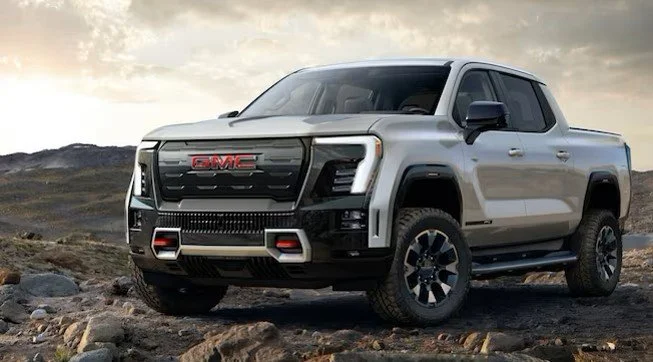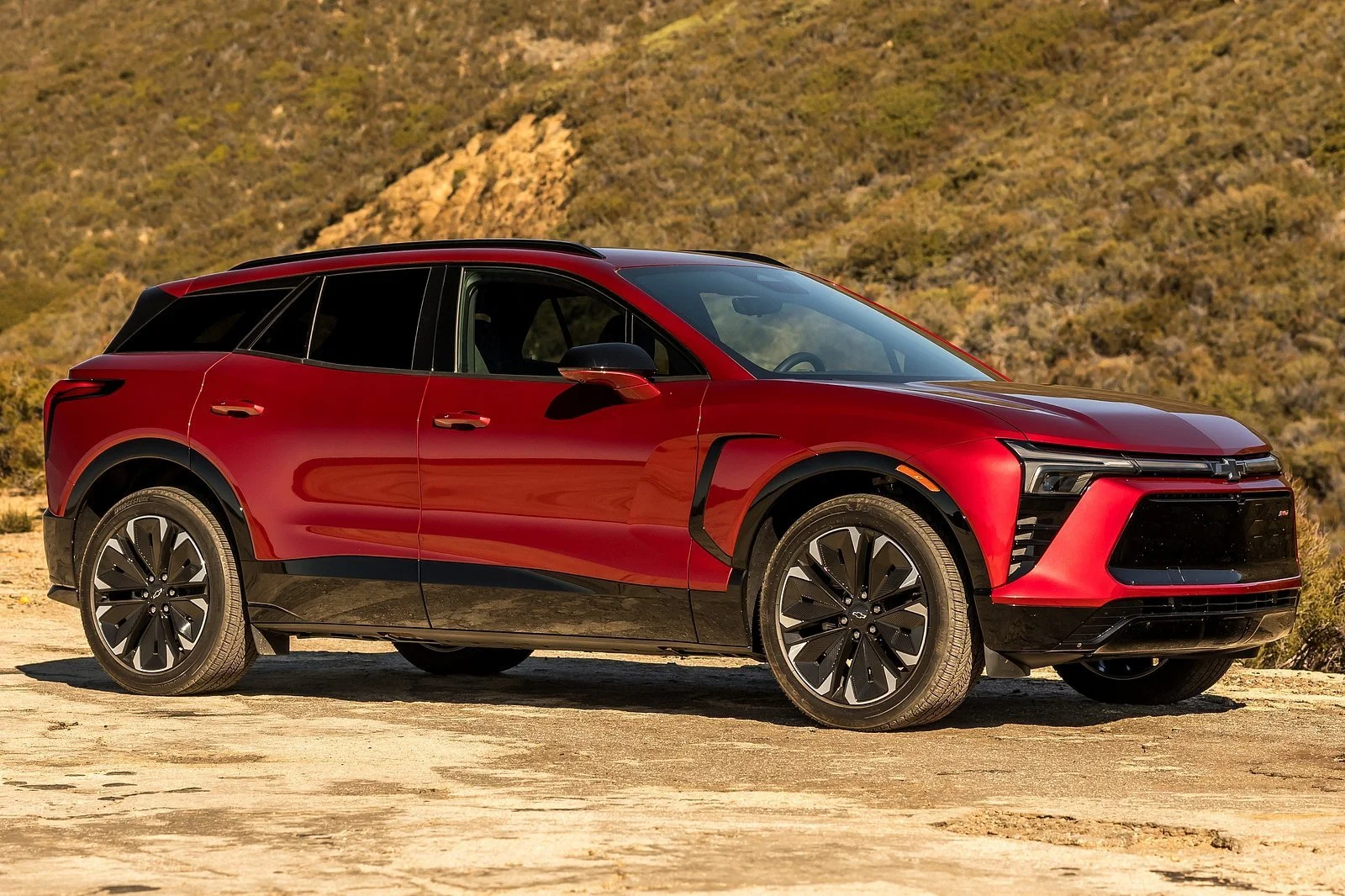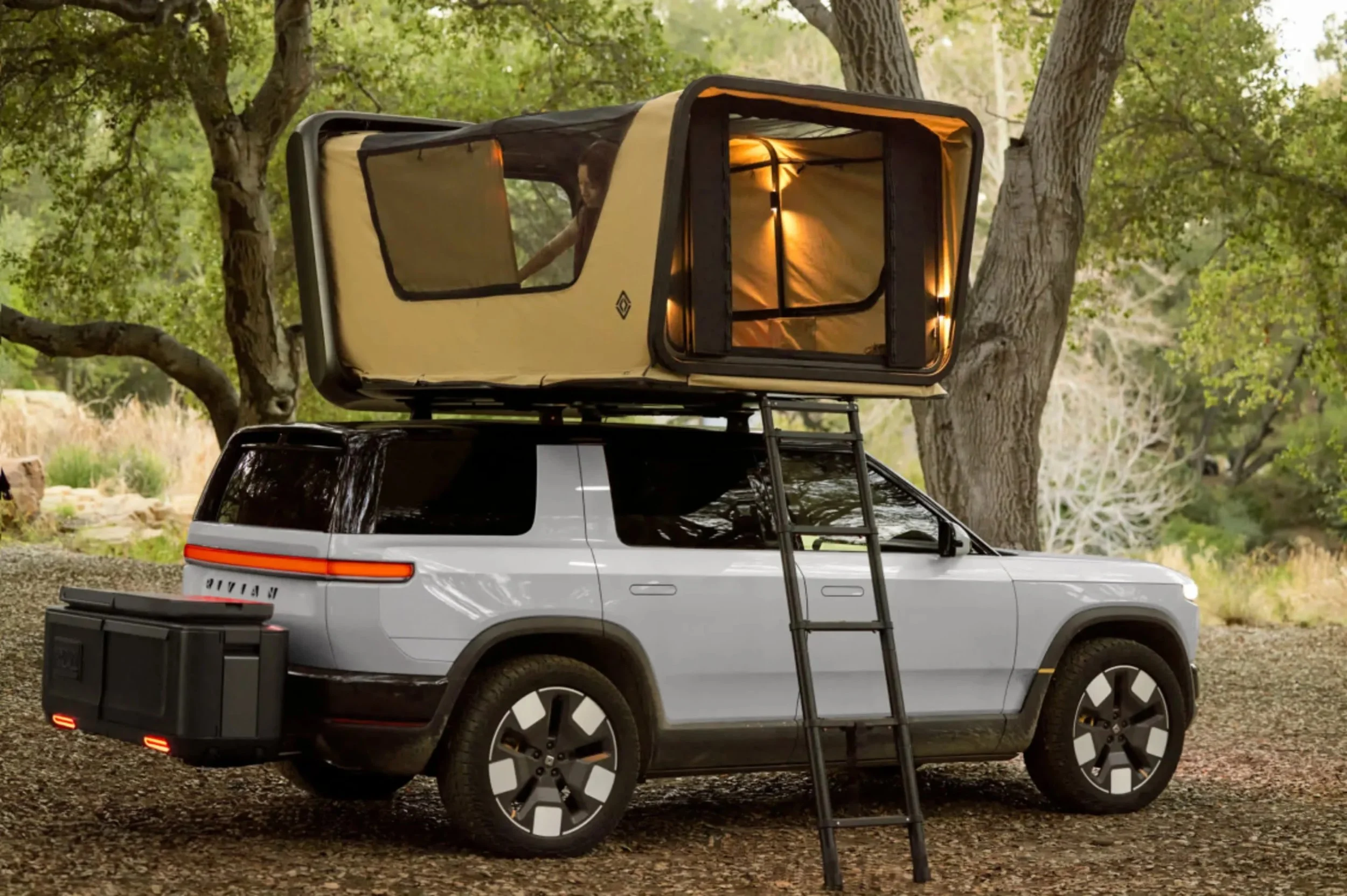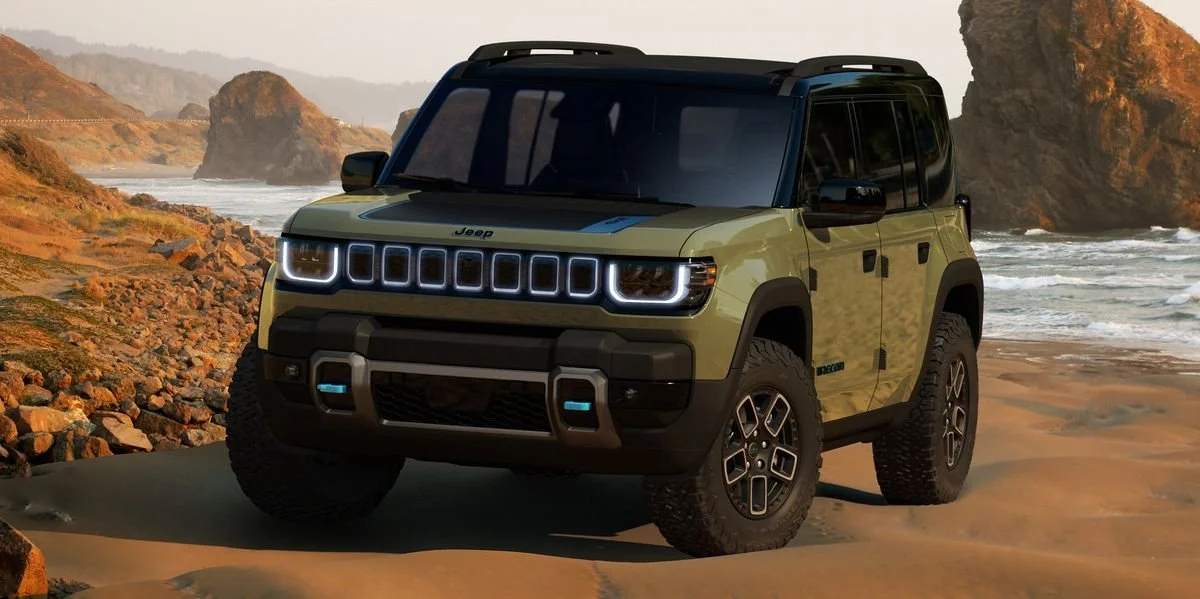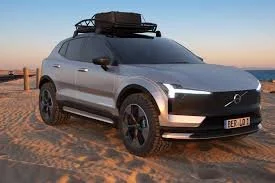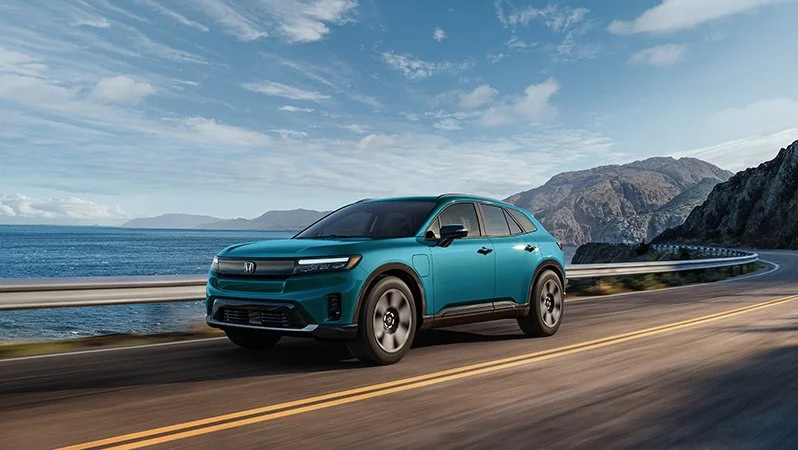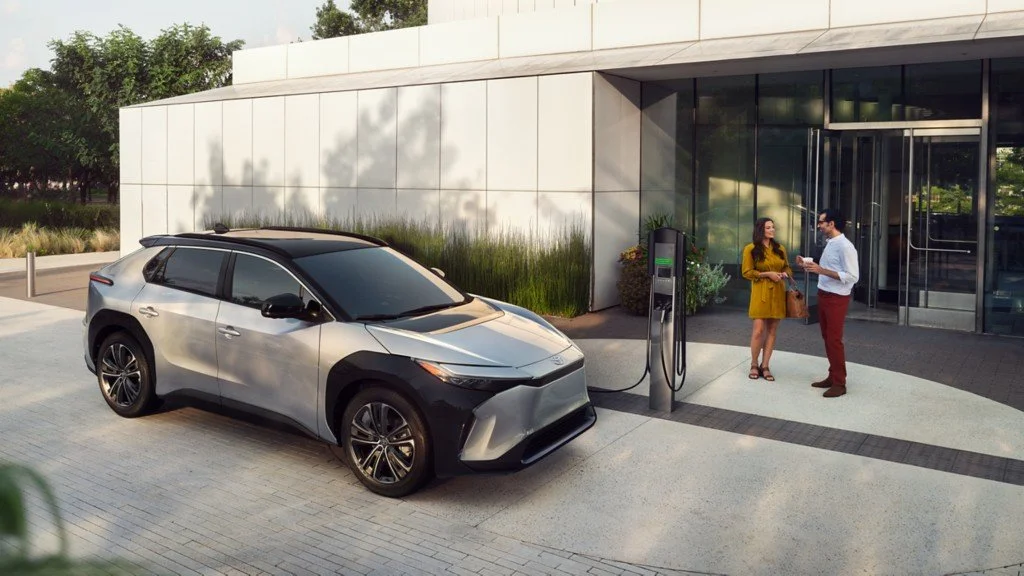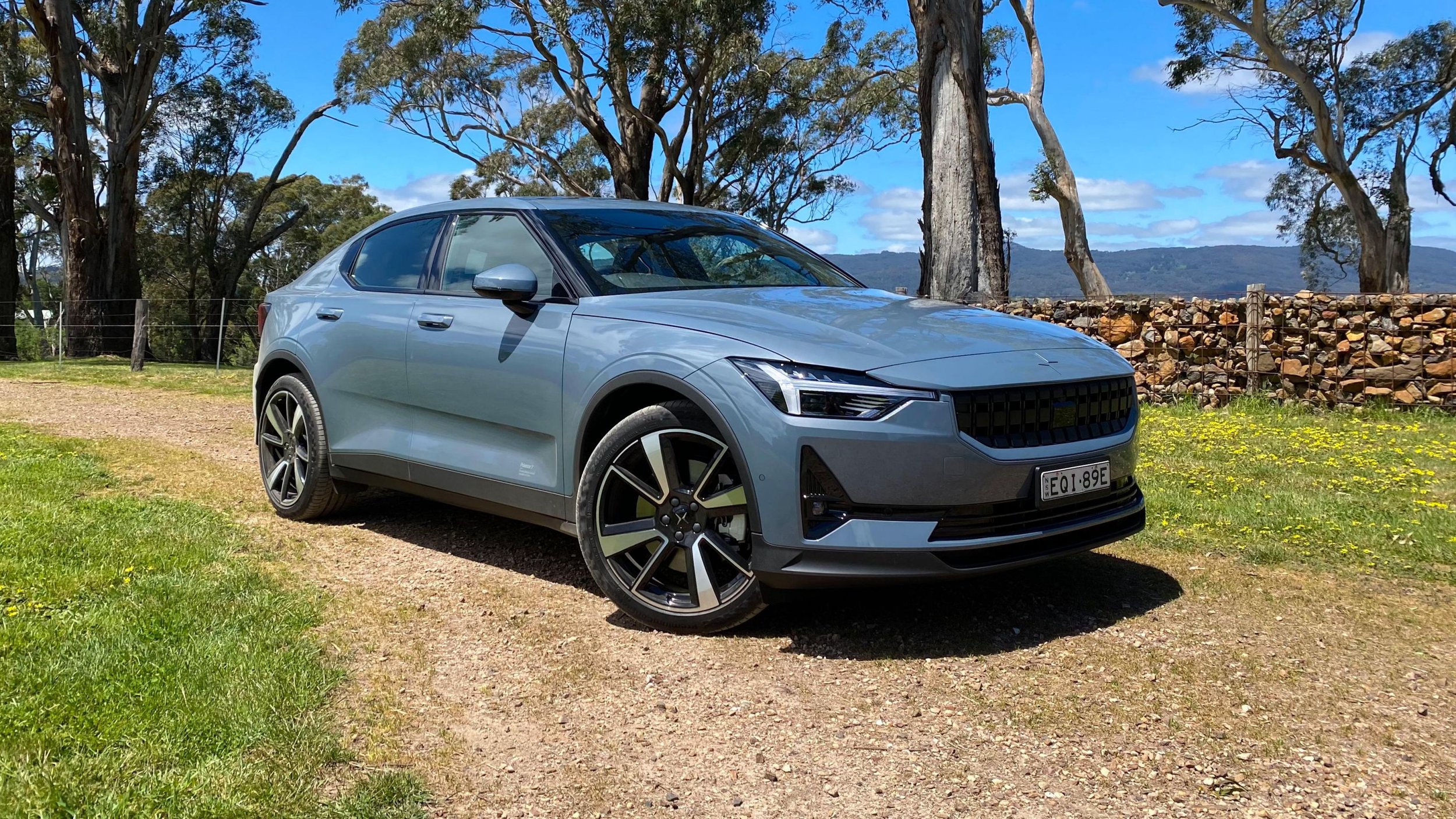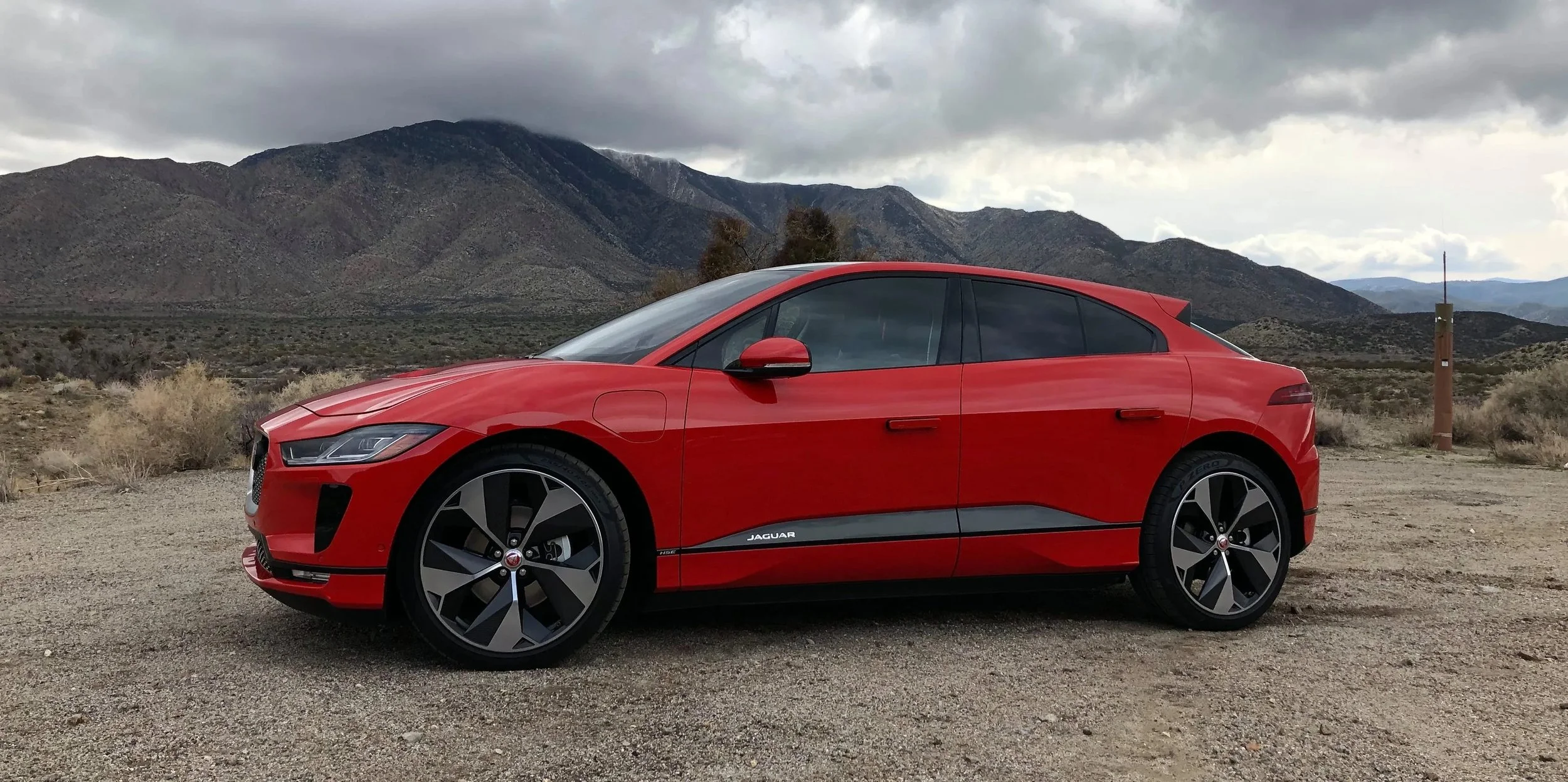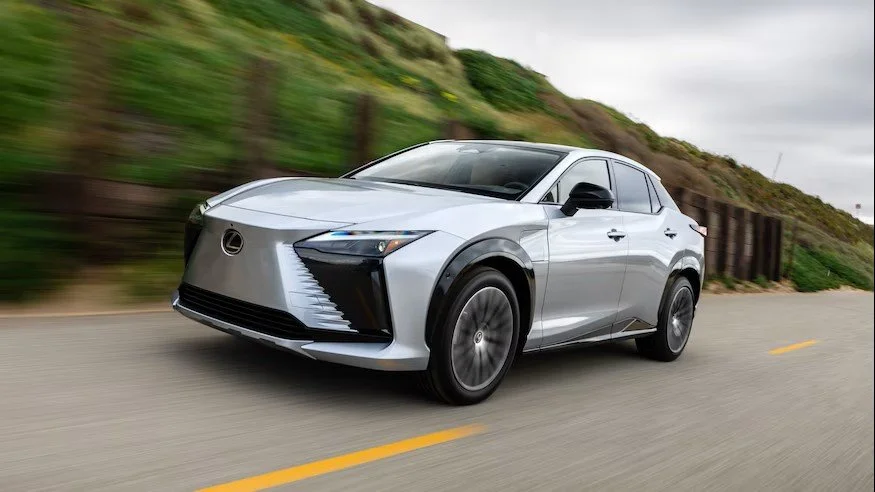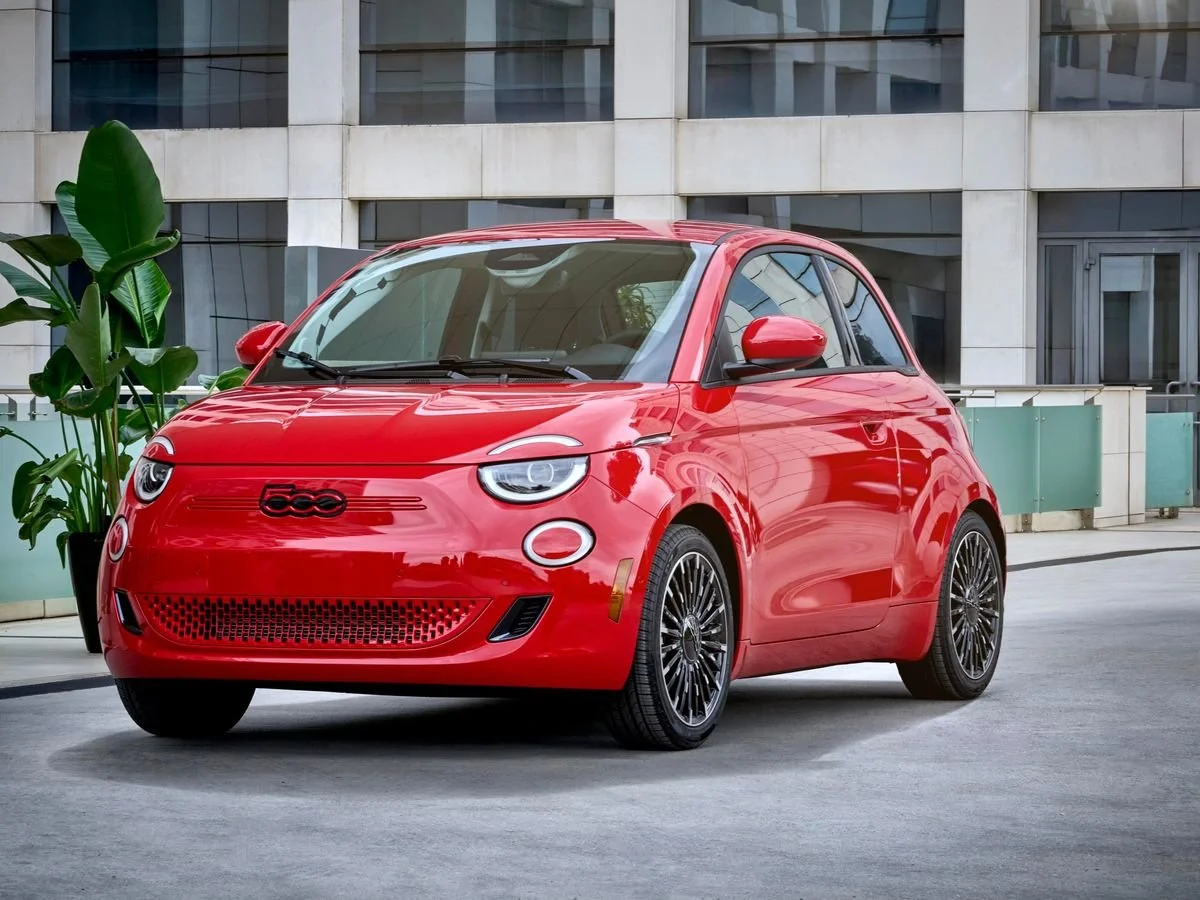
Transportation Electrification
Part 2: EV Consumer Options
Electric Vehicle Options
All images courtesy of each vehicle’s manufacturer
-
![]()
Ford F-150 Lightning
America’s best selling model goes electric
Range: 230 mi, 320 mi
Cost: Starting at $55k (fleet trim)
Release date: 2022
-
![]()
Rivian R1T
First Electric Pickup to market in 2021
Range: 270 - 410 mi
Cost: Starting at $69k
Release date: 2021
-
![]()
Chevrolet Silverado EV
Chevy’s answer to the hot electric truck market
Range: 393-450 mi
Cost: Starting around $73k
Release date: 2023
-
![]()
GMC Electric Sierra
Full Size luxury pickup
Range: 400 miles
Cost: Potentially starting around $80k
Release Date: 2024
-
![]()
Chevy Blazer EV
Chevy’s Blazer goes electric
Range: 280-325 mi
Cost: Starting at $45k
Release date: 2024
-
![]()
Tesla Model Y
Best selling vehicle in the world and America’s best Selling EV
Range: 260, 310 mi
Cost: Starting around $44k
Release date: 2021 -
![]()
Dodge Ram Rev 1500
Dodge is electrifying the Ram with best in class towing (14k lbs.) and range
Cost: tbd
Range: 350, 500 mi
Release date: late 2024
-
![]()
Rivian R1S
7 passenger SUV
Range: 316 - 400+ miles
Cost: Starting around $75k
Release Date: 2022 -
![]()
Ford Mustang Mach-E
Ford’s 1st electric SUV is making a splash
Range: 224-312 mi
Cost: Starting at $40k
Release date: 2021
-
![]()
Kia EV 9
3 row, 7 passenger SUV
Range: 230, 270, 304 mi
Cost: Starting at $55k
Release date: late 2023
-
![]()
Rivian R2
Rivian’s highly anticipated affordable SUV
Range: 300 mi
Cost: Starting at $45k
Release date: 2026
-
![]()
Chevy Equinox EV
Chevy’s affordable crossover
Range: 250-320 mi
Cost: Starting at $35k
Release date: 2024
-
![]()
Rivian R3
Rivian’s Sporty Crossover
Range: 300 mi
Cost: Starting under $40k
Release date: Potentially 2027
-
![]()
Jeep Recon
Range: 370 mi
Cost: Starting around $60k
Release date: Late 2024
-
![]()
Tesla Cybertruck
Tesla’s post-apocalyptic pickup
Range: 320 mi
Cost: Starting at $80k
Release date: 2023
-
![]()
Dodge Charger Daytona
Dodge pulls out in front of the electric muscle car race
Range: 260, 317 mi
Cost: Starting around $50k
Release date: 2024
-
![]()
VW ID Buzz Microbus
VW’s modern take on the iconic VW bus, 3 row, 7 passenger van
Range: 260 mi
Cost: Starting around $50k
Release date: late 2024
-
![]()
Volkswagen ID 4
VW’s newest take on “the people’s car”
Range: 210-275 mi
Cost: Starting at $39k
Release date: 2021 -
![]()
Tesla Model 3
Tesla’s most affordable model
Range: 272-340 miles
Cost: Starting around $35k
Release date: 2017
-
![]()
Hyundai Ioniq 5
Fastest Charging EV in 2022: 10-80% fast charge in 18 minutes
Range: 220-303 miles
Cost: Starting around $41k
Release date: 2022
-
![]()
Kia EV 6
Fastest Charging EV:: 10-80% fast charge in 18 minutes (Ioniq 5 cousin)
Range: 232-310 mi
Cost: Starting around $42kRelease date: 2022
-
![]()
Subaru Solterra
Forrester like electric SUV
Range: 225 mi
Cost: Starting at $45k
Release date: 2022
-
![]()
Jeep Wagoneer S
Luxury 3 row SUV
Range: 400 mi
Cost: Starting around $80k
Release date: 2025
-
![]()
Volvo EX 90
Luxury 7 seat SUV
Range: Around 300 mi
Cost: Starting around $78k
Release date:2024
-
![]()
Volvo EX30
Volvo’s affordable hot hatch
Range: 265-275 mi
Cost: Starting at $35k
Release date: 2024
-
![]()
Honda Prologue
Range: 273, 296 mi
Cost: Starting around $47k
Release date: 2024
-
![]()
Nissan Ariya SUV
Nissan’s long awaited crossover
Range: 265, 304 mi
Cost: Starting around $40k
Release date: 2023
-
![]()
Nissan Leaf
America’s original affordable EV
Range: 150-215 miles
Cost: Starting around $28k (150mi range)
Release date: 2011 gen1 2018 gen 2
-
![]()
Toyota BZ4X
Crossover SUV
Range: 222, 252 mi
Cost: Starting at $43k
Release date: 2023
-
![]()
Hyundai Ioniq 9
3 row SUV
Range: 300 mi
Cost: Starting around $55k
Release date: 2024
-
![]()
Cadillac Lyriq
American Luxury
Range: 314 mi
Cost Starting at $57k
Release date: 2022
-
![]()
Volvo EX40
Range: 293
Cost: Starting around $54k
Release date: 2021 (XC40 Recharge), rebadged as EX40 in 2024
-
![]()
Audi Q4 e-tron
Luxury SUV
Range: 260 mi
Cost: Starting around $55k
Release date: 2021
-
![]()
Tesla Model X
Luxury 3 row SUV
Range: 335
Cost: Starting around $88k
Release date: 2016
-
![]()
GMC Hummer
1000hp supertruck
Range: 330 miles
Cost: Starting at $96k
Release date: late 2021 -
![]()
GMC Hummer SUV
Range: 250-314 mi
Cost: Starting around $78k
Release date: 2023
-
![]()
Cadillac Escalade IQ
Cadillac redefines their luxury lineup
Range: 450 mi
Cost: Starting around $99k
Release date: 2025
-
![]()
Polestar 2
Range: 270-320 mi
Cost: Starting around $50k
Release date: 2021
-
![]()
Polestar 3
Range: 280, 315 mi
Cost: Starting at $73k
Release date: 2022 -
![]()
Tesla Model S
Luxury Sedan
Range: 360, 400 mi
Cost: Starting at $75k
Release date: 2012
-
![]()
Hyundai Kona EV
Affordable subcompact crossover
Range: 200-260 miles
Cost: Starting at $32k
Release date: 2019 (gen 1) 2023 (gen 2) -
![]()
Kia Niro EV
Range: 250 miles
Cost: Starting around $40k
Release date: 2019 (gen 1) 2023 (gen 2)
-
![]()
Chevy Bolt EV
Affordable hatchback
Range: 260 miles
Cost: Starting around $31k
Release date: 2016, production ended Q4 2023. Updated Bolt coming potentially in 2025
-
![]()
Chevy Bolt EUV
Affordable sub-compact crossover
Range: 247 miles
Cost: Starting around $33k
Release date: 2021, production ended Q4 2023. Updated Bolt coming potentially in 2025
-
![]()
Lucid Air
American made luxury sedan with 520 mi range is the longest range EV for sale
Range: 406-520 miles
Cost: Starting at $77k
Release date: 2021 -
![]()
Lucid Gravity
Range: 440 mi
Cost: Starting around $80k
Release date: late 2024
-
![]()
Jaguar I-Pace
Luxury SUV
Range: 246 mi
Cost: Starting around $72k
Release date: 2020 -
![]()
Porsche Taycan
Porsche’s best selling model
Range: 227 miles
Cost: $81-189k
Release date: 2021 -
![]()
Porsche Macan
Porsche’s popular Macan goes electric
Range: Around 300 mi
Cost: Starting around $80k
Release date: 2024
-
![]()
Porsche Cross Turismo
Porshce’s electric crossover SUV
Range: 215
Cost: Starting at $93.7k
Release date: 2021
-
![]()
Polestar 4
Range: 270 mi, 300 mi
Cost: Starting around $60k
Release date: 2024
-
![]()
Polestar 5
Range: 300 mi
Cost: Stating around $100k
Release date: 2024
-
![]()
Audi Q6 e-tron
Range: Around 300 mi
Cost: Potentially starting around $60k
Release date: 2024
-
![]()
Audi Q8 e-tron
Range: 285 mi
Cost: Staring at $74k
Release date: 2023
-
![]()
Audi e-tron GT
Luxury sport sedan
Range: 240 miles
Cost: Starting around $106k
Release date: 2019
-
![]()
VW ID 8
Affordable 7 passenger SUV
Range: tbd
Cost: tbd
Release date: tbd
-
![]()
Genesis GV 60
Affordable Luxury Crossover SUV
Range: 235-294 mi
Cost: Starting at $52k
Release date: 2022
-
![]()
Genesis GV 70
Luxury crossover SUV
Range: 236 mi
Cost: Starting at $66k
Release date: 2023
-
![]()
BMW I4
Range: 256-307 mi
Cost: $52k
Release date 2022
-
![]()
BMW IX
BMW’s crossover SUV
Range: 217, 307 mi
Cost: Starting around $87k
Release date: 2022
-
![]()
Mercedes EQB
Range: 220-245 mi
Cost: Starting around $53k
Release date: 2022
-
![]()
Mercedes EQE
Mercedes E Class goes electric
Range: 235-307 mi
Cost: Starting around $75k
Release date: 2022
-
![]()
Mercedes EQS
Electric S class luxury
Range: 285-352 mi
Cost: Starting around $104k
Release date: 2022
-
![]()
Mercedes EQG
Electric G Wagon
Range: around 300 mi
Cost: Potentially starting around $150k
Release date: 2025
-
![]()
Lexus RZ450e
Lexus’ first electric crossover
Range: Around 200 mi
Cost: Starting at $64k
Release date: 2022
-
![]()
Dodge Ram Promaster EV
The Promaster goes electric
Range: 160 mi
Cost: Starting around $86k
Release date: 2023
-
![]()
Ford E-Transit 350
Ford’s trusty E Transit goes electric
Range: 160 mi
Cost: Starting at $46k
Release date 2022
-
![]()
Mercedes eSprinter
The Sprinter goes electric
Range: around 200 mi
Cost: Starting around $73k
Release date: 2023
-
![]()
Vinfast VF9
7 seat, 3 row SUV
Range: 291, 330 mi
Cost: Starting at $79k
Release Date: 2023
-
![]()
Vinfast VF8
Range: 243-264 mi
Cost: Starting around $43k
Release date: 2023
-
![]()
Jeep Wrangler Magneto EV
An American Icon goes electric
Range: tbd
Cost: tbd
Release date: tbd -
![]()
Chrysler Airflow
Crossover SUV
Range: 350 miles
Cost: tba
Release date: Potentially 2026
-
![]()
Ford Explorer EV
Range: tbd
Cost: tbd
Release date: Potentially 2026
-
![]()
Lincoln SUV
Similar in size to Lincoln Aviator
Range: tbd
Cost: tbd
Release date: Potentially 2026 -
![]()
Mini Aceman
Range: Potentially around 200 mi
Cost: Potentially starting around $33k
Release date: Potentially 2025-26
-
![]()
Fiat 500e
Fiat’s city car is reintroduced to the US market in 2024
Range: 150 mi
Cost: Starting around $34k
Release date: 2024
-
![]()
VW ID7
Range: Around 316 mi
Cost: Starting around $63k
Release date: 2024
-
![]()
Hyundai Ioniq 6
Range: 360 mi
Cost: Starting around $43k
Release date: 2023
-
![]()
Acura ZDX
Range : 278-313 mi
Cost: Starting at $64k
Release date: 2024
Market Outlook: Electric Vehicles
Electric pickups and SUVs are coming on strong. Rivian’s R1T was first to market in September 2021. Ford Motor’s fully electric pickup truck, the F-150 Lightning, began customer deliveries in spring 2022. The fleet model starts at $40,000. Tesla’s Cybertruck, with up to 500 miles of range, is set for a 2023 release and is estimated to come to market at cost parity with internal combustion engine (ICE) equivalents.
Electric vehicle (EV) adoption will expand rapidly in the next 5-10 years. Most automakers are now putting the vast majority of their investments into EVs, which will lead to big changes in consumer choices.
Costs have fallen rapidly, underpinned by plunging battery prices and increased production efficiency. Soon, a number of vehicle classes will be at cost parity with ICE vehicles due to falling battery costs. Cost parity will rapidly drive what some experts refer to as a tipping point for EV adoption.
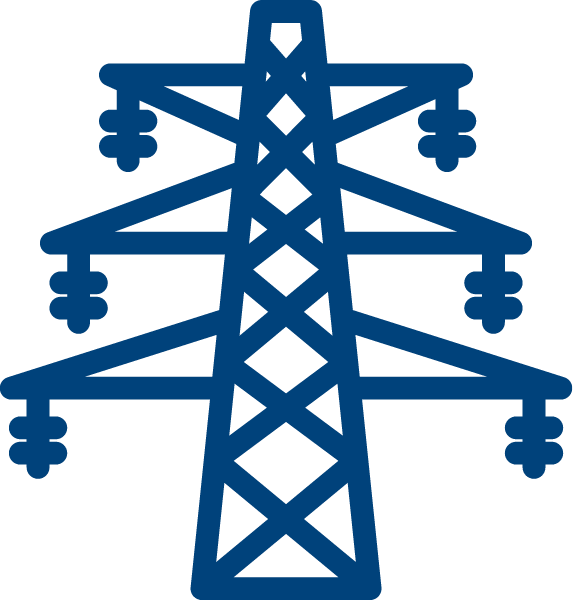
EVs Offer Significant Load Growth Benefits
Electric vehicles offer utilities opportunities for increased revenue just like other forms of electrification. Controllable load is an exceptional type of load growth to harness as it can help to mitigate peak capacity issues.
One household purchasing an electric pickup or SUV can increase its energy use by 68%
* Based on national average home energy use of 30 kWh/day and adding one electric truck/SUV driven 15,000 mi/yr per vehicle, which would require an additional 20.5 kWh/day
Scaling this calculation to 1,000 homes in a service territory is an increase of 625 MWh/month
Electric Vehicle Education

Forth Mobility staff conducting outreach to drivers at Portland International Airport. Photo Credit: Forth
While offerings for rural America like electric pickups and SUVs are coming on strong, there is still an education gap surrounding EVs. The utility can act as a trusted source to help inform utility staff, the general public and fleet customers.
Annual meetings, parades, and community events offer great opportunities for the utility to showcase electric offerings. In particular, “Ride and Drives” are an important tool the utility can deploy to help demonstrate the benefits of EVs to customers. Ride and drives can also provide the opportunity for the utility to build relationships with auto dealers and perhaps further incentivize sales.
Collaborating with auto dealers in and around the utility service territory is an important strategy to help inform customers and potentially provide sales or vehicle incentives. Section 4’s TE Program Framework (coming soon) will dive deeper into the details describing how to plan and implement successful Ride and Drive events to help inform the utility’s customers.
For additional information, see Section 5: Marketing
Electrification Goes Beyond Cars and Trucks
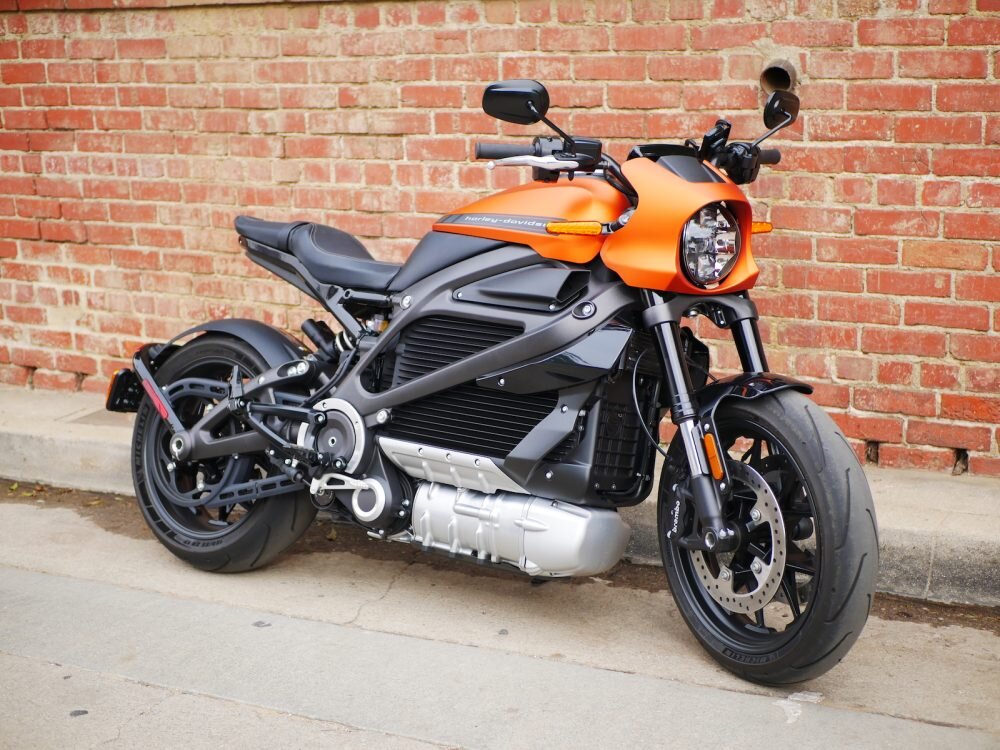
Harley-Davidson LiveWire. Photo Credit: Harley-Davidson
Back-country enthusiasts, urban commuters, and road trippers are all getting a taste of electrification.
Other electric vehicle options include motorcycles, dirt bikes, Ebikes (commuters, kid carriers to mountain bikes and some that blur the motorcycle line), snow mobiles, side by sides / Utility Task Vehicles (UTVs), RVs, boats, and jet skis.
Additional Resources
Electrek: the top EV news site with a strong understanding of the industry trajectory




